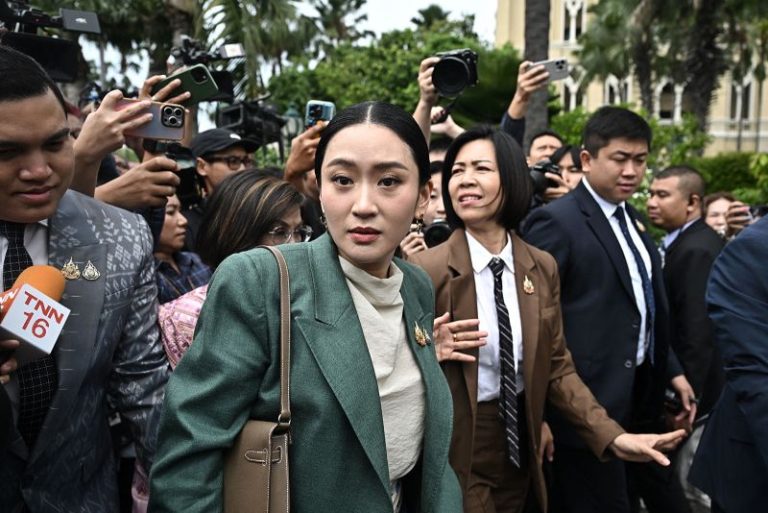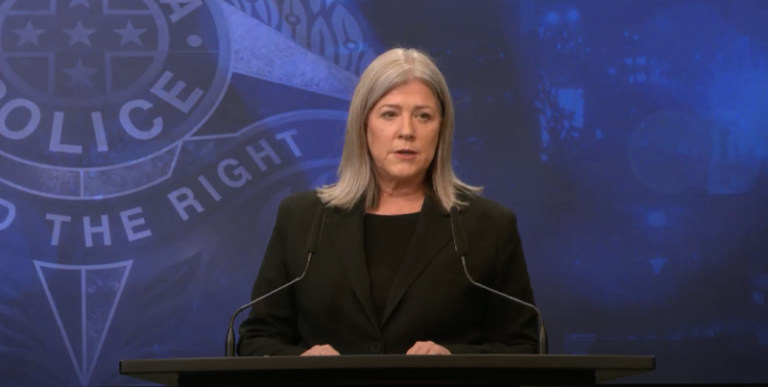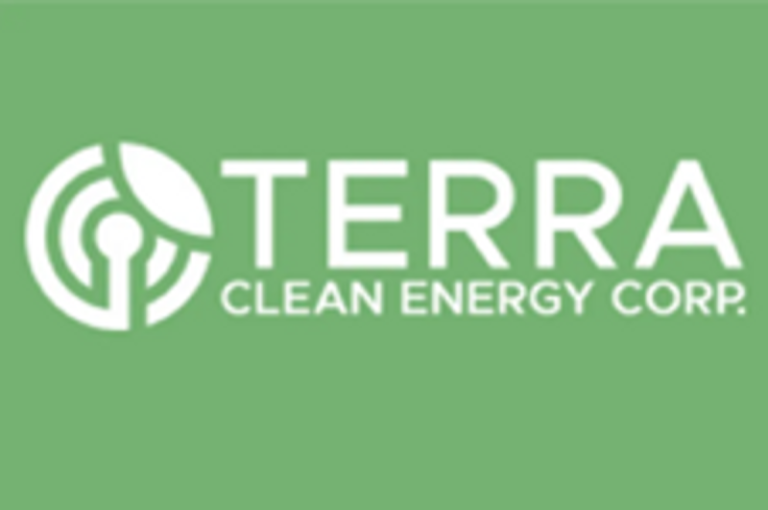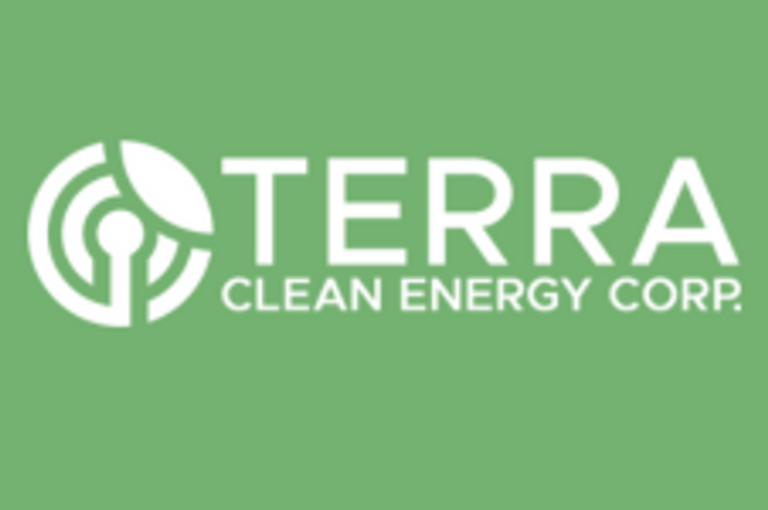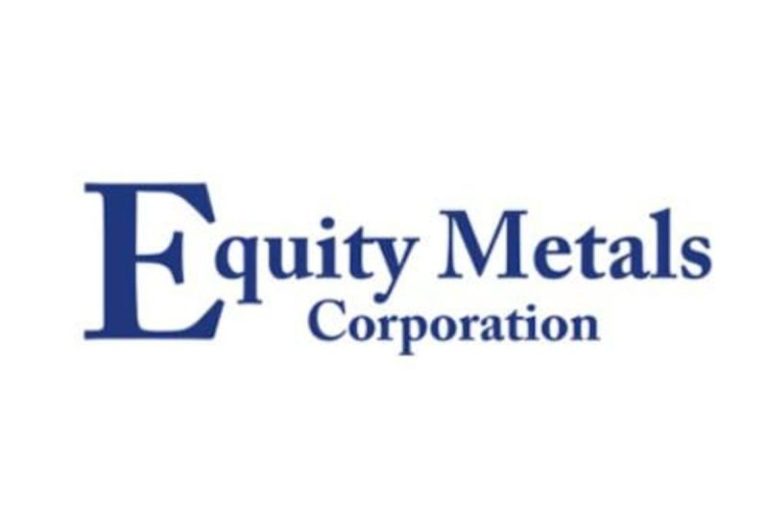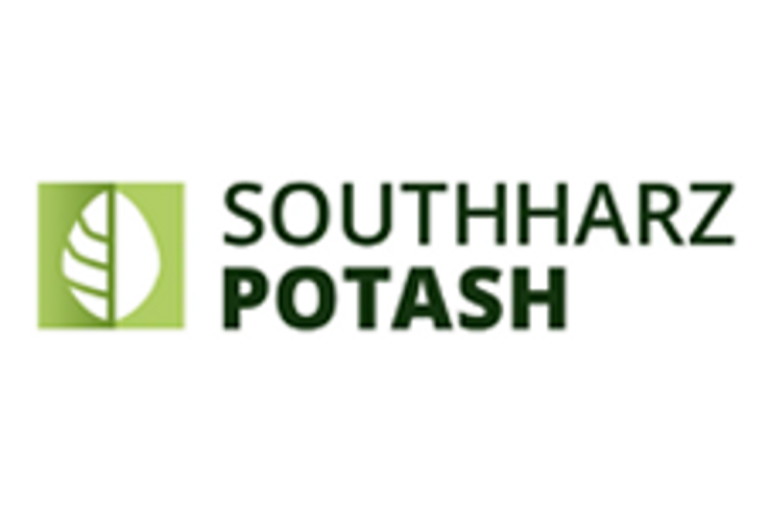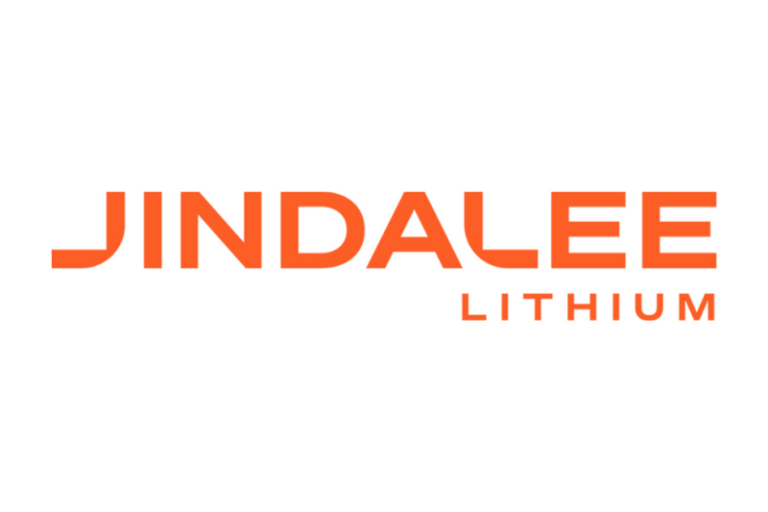Turkish police arrested at least four cartoonists on Monday accused of drawing and distributing a cartoon that authorities and protesters say is a depiction of the Prophet Mohammed and Moses.
The cartoon, published in a political satire magazine, shows what appears to be a Muslim and a Jewish man, both with wings and halos, shaking hands and greeting each other as bombs fall below.
The cartoon went viral on social media four days after it was published. Hundreds of people took to Istanbul’s main tourist street, chanting “Allah is Great” and calling for sharia law in protest. Turkish authorities quickly condemned the magazine.
Interior Minister Ali Yerlikaya called the cartoon a provocation and said those “who dare to do this will be held accountable before the law.” Yerlikaya said the cartoon was not protected by freedom of expression or freedom of speech.
Fahrettin Altun, the head communications for the Turkish Presidency, called it a “vile attack on our beliefs and values.”
The country’s Justice Ministry announced an investigation had been launched into the incident under Article 216 of the Turkish Penal Code for the crime of “publicly insulting religious values.”
LeMan, the weekly political satire magazine known for irreverent comics similar to French Charlie Hebdo, released a statement saying their cartoon was not depicting the Islamic prophet.
“This cartoon is not a caricature of the Prophet Mohammed (pbuh). In the work, the name Mohammed is fictionalized as belonging to a Muslim person killed in Israel’s bombardments. There are more than 200 million people named Mohammed in the Islamic world. The work does not refer to the Prophet Mohammed in any way,” the magazine said.
“By highlighting a murdered Muslim, the aim was to highlight the righteousness of the oppressed Muslim people, with no intention whatsoever of belittling religious values. We reject the stigma imposed on us, as there is no depiction of our Prophet,” LeMan said.
“To interpret the cartoon in such a way requires extreme malice,” the magazine added, but also offered an apology to any readers who may have been offended.
As protesters took to the streets, the Interior Ministry released videos of cartoonists being detained in their homes, barefoot and handcuffed by police with captions such as “You will not escape from our security forces or from justice.”
Protesters were seen kicking the doors of the magazine offices in central Istanbul. In one video a demonstrator shouts, “For our Prophet, we would give our lives and take lives; no one can insult our Prophet.”
The crowd also performed a nighttime prayer. Within hours, Istanbul’s governor Davut Gul announced that all four people who were wanted for the cartoon were in police custody.
Gul did not say if any demonstrators were detained but said in a statement, “It has been determined that some individuals mingling among the protesters have engaged in provocative actions. It is of great importance that the protesting groups disperse to prevent harm to our citizens and to maintain public order.”
Some groups have called for further protests against the magazine on Tuesday.
This is a developing story and will be updated.


